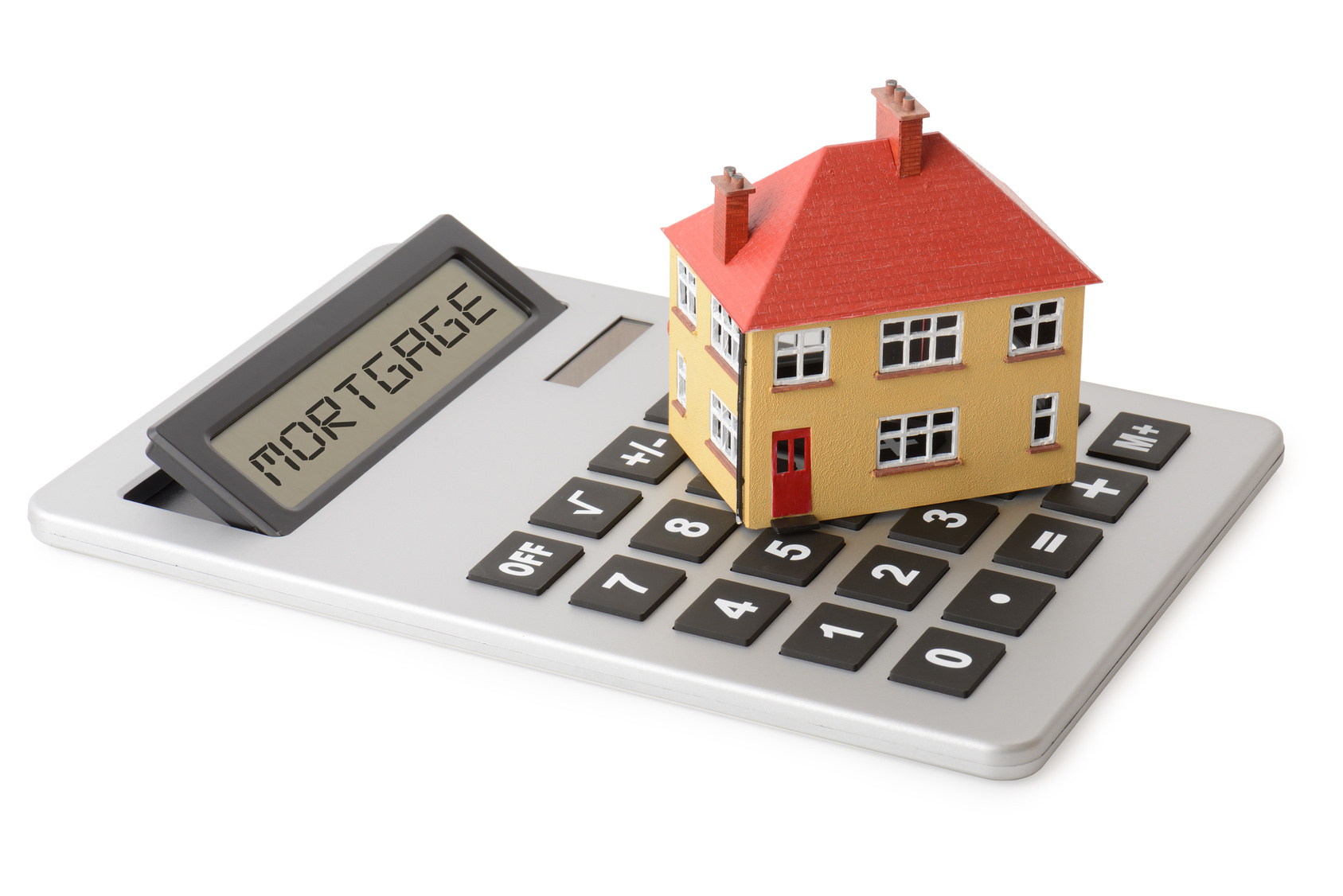As we approach the second quarter of 2025, the U.S. real estate market stands at a fascinating crossroads. With Donald Trump back in the White House, economic policies are beginning to reshape the financial landscape, influencing everything from interest rates to inflation—and, by extension, the housing market. Today, March 28, 2025, let’s dive into where the market stands and what we might expect in the coming months, particularly in Q2.
The Current State of Real Estate
The real estate market has been in a state of flux for the past few years, marked by high mortgage rates, limited inventory, and affordability challenges. As of now, the average 30-year fixed mortgage rate hovers around 6.7%, a slight dip from the 7%+ peaks seen earlier this year. Home prices, while still elevated, have shown signs of stabilization, with the median sale price sitting at approximately $420,000—down from a high of $435,000 a year ago but significantly up from pre-pandemic levels.
Demand remains subdued, largely due to the “rate-lock effect,” where homeowners with sub-5% mortgage rates from the early 2020s are reluctant to sell and trade up into higher-rate loans. This has kept existing home inventory tight, though new construction has started to fill some gaps. Pending home sales have ticked up modestly in recent months, suggesting buyers are adapting to the “new normal” of higher rates, but the market is far from the frenzied pace of 2021.
Interest Rates: A Gradual Easing
Since Trump took office in January 2025, interest rates have been a focal point of economic discussion. The Federal Reserve, which cut rates three times in late 2024 (totaling a full percentage point), has paused its reductions in early 2025, maintaining the federal funds rate between 4.25% and 4.5%. Mortgage rates, tied more closely to the 10-year Treasury yield (currently around 4.3%), have eased slightly but remain stubbornly above 6.5%.
Trump’s economic agenda—featuring tax cuts, deregulation, and proposed tariffs—has introduced uncertainty. While his administration has pushed for lower borrowing costs, experts suggest that inflationary pressures from tariffs and increased fiscal spending could limit the Fed’s ability to cut rates aggressively. For Q2 2025, forecasts from institutions like the Mortgage Bankers Association and Freddie Mac project 30-year mortgage rates to hover between 6.5% and 6.7%, with a potential dip to 6.4% by mid-year if inflation continues to cool. This gradual decline could coax more buyers off the sidelines, though it’s unlikely to spark a dramatic resurgence in demand.
Inflation: A Notable Decline Since January
One of the standout shifts since Trump’s inauguration has been the trajectory of inflation. After peaking at over 9% in mid-2022, inflation had already moderated to around 3% by the end of 2024. Since January 2025, it has continued to trend downward, with the Core PCE (the Fed’s preferred measure) holding steady at 2.8% in recent months—closer to the Fed’s 2% target than it’s been in years. This decline is attributed to stabilizing supply chains, a cooling labor market, and the lingering effects of the Fed’s earlier rate hikes.
Trump’s policies have added complexity to this picture. While deregulation and tax cuts could boost economic activity, proposed tariffs on imports (such as 25% on Canada and Mexico and 10% on China) risk pushing prices up for goods, including construction materials. So far, these inflationary risks haven’t fully materialized in the data, allowing inflation to remain on a downward path. If this trend holds into Q2 2025, it could give the Fed room to consider additional rate cuts, potentially nudging mortgage rates lower and supporting the housing market.
Outlook for Q2 2025
Looking ahead to April through June 2025, the real estate market is likely to see a cautious thaw rather than a full-on boom. Here’s what to expect:
- Home Prices: Prices are forecast to rise modestly, perhaps 1-2% above inflation, as inventory constraints persist. The wealth effect from strong equity markets and significant home equity (up $425 billion in Q3 2024 alone) should support steady, if subdued, price growth.
- Sales Activity: Existing home sales, which hit a 30-year low in 2024, are expected to increase gradually as rates stabilize and more sellers list their homes. New construction will continue to play a key role, with builders offering rate buy-downs to attract buyers.
- Affordability: Challenges will linger, especially for first-time buyers, who now make up just 24% of purchases—the lowest since 1981. However, declining inflation and slightly lower rates could ease monthly payment burdens marginally.
- Policy Impacts: Trump’s agenda will be a wild card. If tariffs drive up construction costs, new home prices could climb, exacerbating affordability woes. Conversely, deregulation might spur building activity, adding supply over time.
Final Thoughts
The real estate market in Q2 2025 won’t be a return to the low-rate, high-demand days of the early pandemic, but it’s not a bust either. Lower inflation since Trump took office offers some optimism, and while interest rates aren’t plummeting, their stabilization could signal a market finding its footing. For buyers, this might be a window to act before potential inflationary pressures from policy shifts take hold. For sellers, rising inventory might mean more competition, but steady prices should preserve equity gains.
As always, the market’s path depends on how economic variables play out. Stay tuned—and maybe keep an eye on those Treasury yields. They’ll tell us more than any crystal ball ever could.


 Facebook
Facebook
 X
X
 Pinterest
Pinterest
 Copy Link
Copy Link
